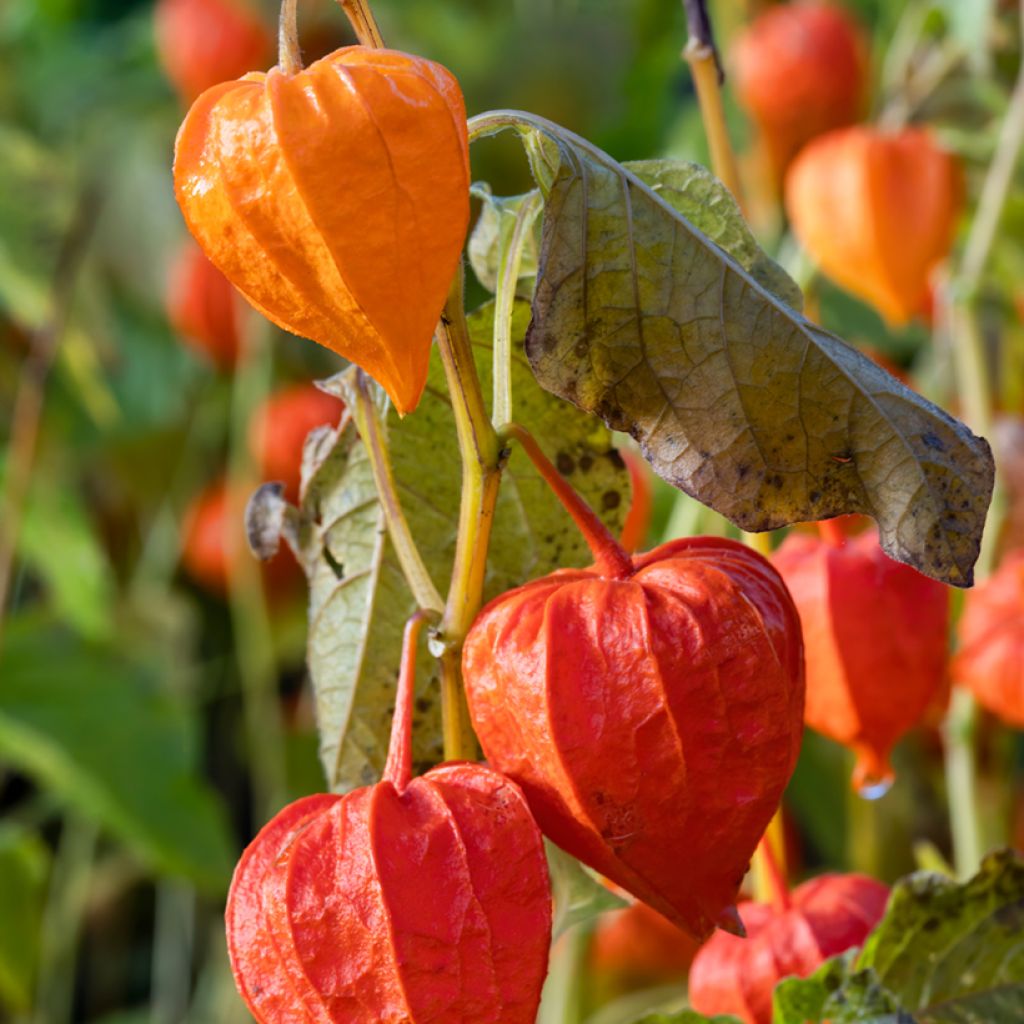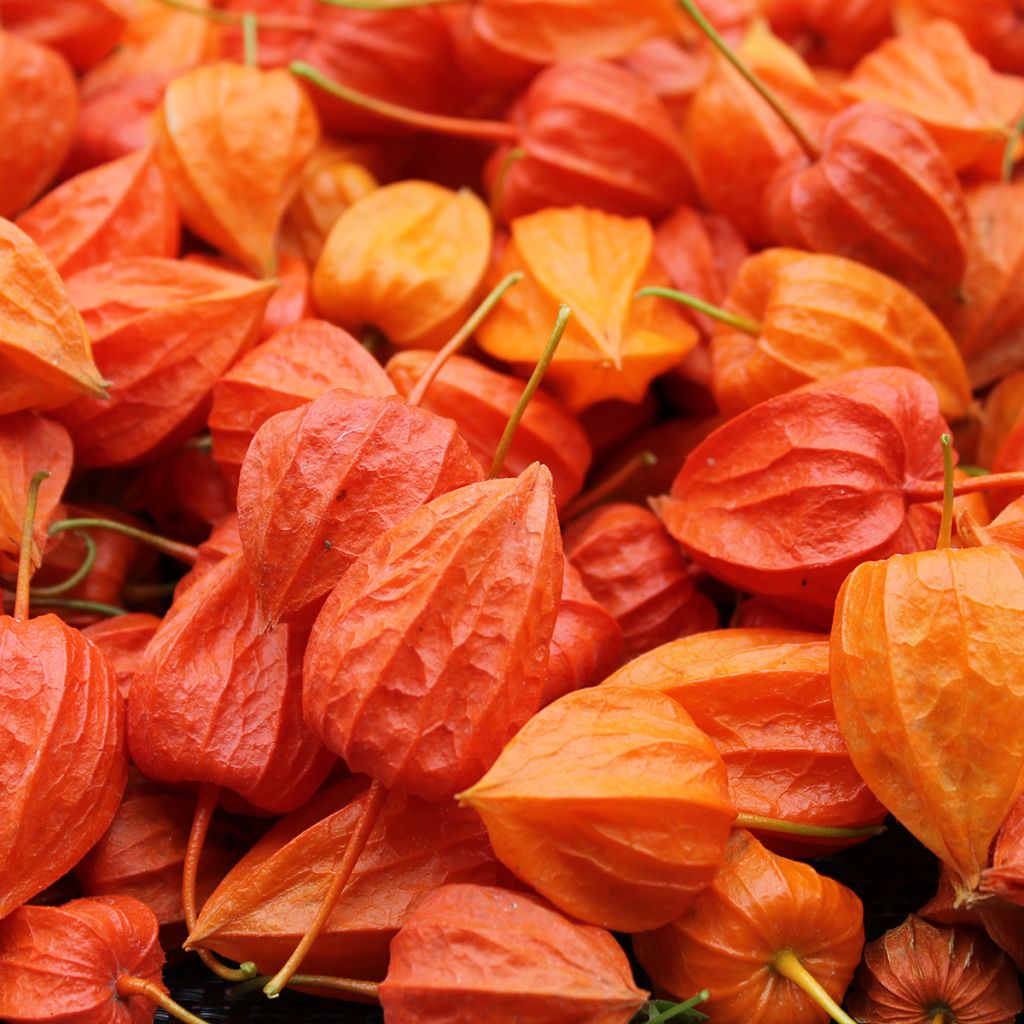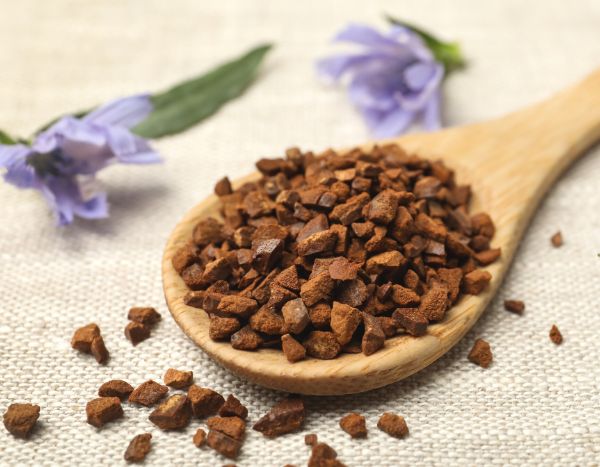

Physalis alkekengi Seeds - Chinese lantern


Physalis alkekengi Seeds - Chinese lantern


Physalis alkekengi Seeds - Chinese lantern
Physalis alkekengi Seeds - Chinese lantern
Physalis alkekengi var. franchetii
Chinese Lantern
Hello, You state that the fully ripe fruits of this young plant can be consumed, in small quantities. However, on the packet it is written, in English, "Caution: Toxic if eaten" and moreover the producer only mentions a decorative use in dried flower bouquets... What should we make of it?
Annalisa, 01/05/2023
Special offer!
Receive a €20 voucher for any order over €90 (excluding delivery costs, credit notes, and plastic-free options)!
1- Add your favorite plants to your cart.
2- Once you have reached €90, confirm your order (you can even choose the delivery date!).
3- As soon as your order is shipped, you will receive an email containing your voucher code, valid for 3 months (90 days).
Your voucher is unique and can only be used once, for any order with a minimum value of €20, excluding delivery costs.
Can be combined with other current offers, non-divisible and non-refundable.
Home or relay delivery (depending on size and destination)
Schedule delivery date,
and select date in basket
This plant carries a 6 months recovery warranty
More information
We guarantee the quality of our plants for a full growing cycle, and will replace at our expense any plant that fails to recover under normal climatic and planting conditions.


Would this plant suit my garden?
Set up your Plantfit profile →
Description
Physalis alkekengi var. franchetii, better known as Chinese Lantern or Winter Cherry, is a vigorous herbaceous perennial that possesses the temperament of a conqueror and displays truly unique fruits. Its insignificant flowers recall the plant's kinship with tomatoes or potatoes. It flaunts hanging calyces along its floral stems that resemble Japanese lanterns. Light green at first, they turn a very bright orange by the end of summer. They linger throughout the autumn, trapping the last rays of strong light of the season. This old-time favourite will thrive in all types of soils, provided that it benefits from much sunlight. Its exuberance is a real asset for large, somewhat wild spaces or gardens without gardeners, but it must be contained. Otherwise, it can become quite invasive. Its orange 'flowers' are in fact the envelope of its fruits and are very beautiful in dry bouquets.
Physalis alkekengi var. franchetii belongs to the family Solanaceae which becomes obvious when observing its modest flowering. This perennial is native to Southern Europe and the Mediterranean basin, but is also found spontaneously in India, Japan and Africa. It develops from a wide-spreading root system and grows into dense-leaved clumps that reach 60 cm in height and in width. This plant quickly colonizes the space allotted to it. Summer flowering is very discreet, appearing in July-August, in the form of small creamy flowers with a yellow centres, distributed along the flower stems. The round fruit develops at the same time as the bracts that surround it. The latter forms a closed, heart-shaped, papery envelope. It is light green at first before turning bright orange and measures 4 cm wide and 5 cm long. The physalis presents 8 cm long, simple, narrow, cordate, deeply veined, wavy, pure green leaves.
Chinese lantern is the perfect plant to fill out and decorate the more barren spots of the garden. Its vigour, hardiness and its ability to adapt to poor quality soil make it a good candidate to decorate large slopes. Associate it with other robust plants such as tansy, Stachys lanata, Cerastium tomentosum, lavender cotton, yarrow, love-in-a-mist or ornemental grasses such as Stipa tenuifolia or Phalaris arundinacea that will enhance its colours and bushy habit. To contain the development of its rhizomes, plant in the borders of walkways or up against concrete fencing. Dry, hot climates limit its growth. This long-time garden favourite produces masses of stems covered with magnificent lanterns whose orange colour does not fade in dried flower bouquets. Lastly, the ripe fruits can be eaten in fruit salads but only in small quantities since they are an efficient laxative.
Physalis is also a medicinal plant, used to treat rheumatism, coughs, etc...
Report an error about the product description
Flowering
Foliage
Plant habit
Botanical data
Physalis
alkekengi var. franchetii
Solanaceae
Chinese Lantern
Mediterranean
Planting and care
Sow Chinese lantern in the spring, in good soil, at 20 °C. Sow on the surface and press the seeds gently into the soil. Keep the soil moist but not wet. It may be useful to seal the seedlings in a polythene bag. Do not exclude light which is beneficial to germination. Germination usually takes 21 to 30 days.
When seedlings are large enough to handle, transplant and grow in cooler conditions. Plant seedlings out in a reserve border and then transplant them to their final positions in autumn.
Choose a sunny, partially shaded or shaded spot with ordinary, loosened, well-drained soil that tends to stay moist. Space plants 60 cm apart.
Sowing period
Intended location
Planting & care advice
-
, onOrder confirmed
Reply from on Promesse de fleurs
Haven't found what you were looking for?
Hardiness is the lowest winter temperature a plant can endure without suffering serious damage or even dying. However, hardiness is affected by location (a sheltered area, such as a patio), protection (winter cover) and soil type (hardiness is improved by well-drained soil).

Photo Sharing Terms & Conditions
In order to encourage gardeners to interact and share their experiences, Promesse de fleurs offers various media enabling content to be uploaded onto its Site - in particular via the ‘Photo sharing’ module.
The User agrees to refrain from:
- Posting any content that is illegal, prejudicial, insulting, racist, inciteful to hatred, revisionist, contrary to public decency, that infringes on privacy or on the privacy rights of third parties, in particular the publicity rights of persons and goods, intellectual property rights, or the right to privacy.
- Submitting content on behalf of a third party;
- Impersonate the identity of a third party and/or publish any personal information about a third party;
In general, the User undertakes to refrain from any unethical behaviour.
All Content (in particular text, comments, files, images, photos, videos, creative works, etc.), which may be subject to property or intellectual property rights, image or other private rights, shall remain the property of the User, subject to the limited rights granted by the terms of the licence granted by Promesse de fleurs as stated below. Users are at liberty to publish or not to publish such Content on the Site, notably via the ‘Photo Sharing’ facility, and accept that this Content shall be made public and freely accessible, notably on the Internet.
Users further acknowledge, undertake to have ,and guarantee that they hold all necessary rights and permissions to publish such material on the Site, in particular with regard to the legislation in force pertaining to any privacy, property, intellectual property, image, or contractual rights, or rights of any other nature. By publishing such Content on the Site, Users acknowledge accepting full liability as publishers of the Content within the meaning of the law, and grant Promesse de fleurs, free of charge, an inclusive, worldwide licence for the said Content for the entire duration of its publication, including all reproduction, representation, up/downloading, displaying, performing, transmission, and storage rights.
Users also grant permission for their name to be linked to the Content and accept that this link may not always be made available.
By engaging in posting material, Users consent to their Content becoming automatically accessible on the Internet, in particular on other sites and/or blogs and/or web pages of the Promesse de fleurs site, including in particular social pages and the Promesse de fleurs catalogue.
Users may secure the removal of entrusted content free of charge by issuing a simple request via our contact form.
The flowering period indicated on our website applies to countries and regions located in USDA zone 8 (France, the United Kingdom, Ireland, the Netherlands, etc.)
It will vary according to where you live:
- In zones 9 to 10 (Italy, Spain, Greece, etc.), flowering will occur about 2 to 4 weeks earlier.
- In zones 6 to 7 (Germany, Poland, Slovenia, and lower mountainous regions), flowering will be delayed by 2 to 3 weeks.
- In zone 5 (Central Europe, Scandinavia), blooming will be delayed by 3 to 5 weeks.
In temperate climates, pruning of spring-flowering shrubs (forsythia, spireas, etc.) should be done just after flowering.
Pruning of summer-flowering shrubs (Indian Lilac, Perovskia, etc.) can be done in winter or spring.
In cold regions as well as with frost-sensitive plants, avoid pruning too early when severe frosts may still occur.
The planting period indicated on our website applies to countries and regions located in USDA zone 8 (France, United Kingdom, Ireland, Netherlands).
It will vary according to where you live:
- In Mediterranean zones (Marseille, Madrid, Milan, etc.), autumn and winter are the best planting periods.
- In continental zones (Strasbourg, Munich, Vienna, etc.), delay planting by 2 to 3 weeks in spring and bring it forward by 2 to 4 weeks in autumn.
- In mountainous regions (the Alps, Pyrenees, Carpathians, etc.), it is best to plant in late spring (May-June) or late summer (August-September).
The harvesting period indicated on our website applies to countries and regions in USDA zone 8 (France, England, Ireland, the Netherlands).
In colder areas (Scandinavia, Poland, Austria...) fruit and vegetable harvests are likely to be delayed by 3-4 weeks.
In warmer areas (Italy, Spain, Greece, etc.), harvesting will probably take place earlier, depending on weather conditions.
The sowing periods indicated on our website apply to countries and regions within USDA Zone 8 (France, UK, Ireland, Netherlands).
In colder areas (Scandinavia, Poland, Austria...), delay any outdoor sowing by 3-4 weeks, or sow under glass.
In warmer climes (Italy, Spain, Greece, etc.), bring outdoor sowing forward by a few weeks.









































